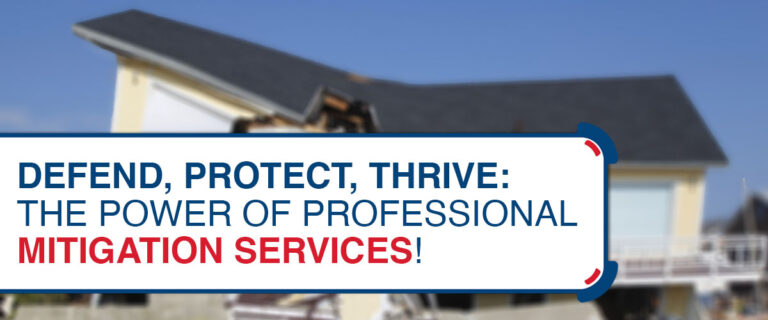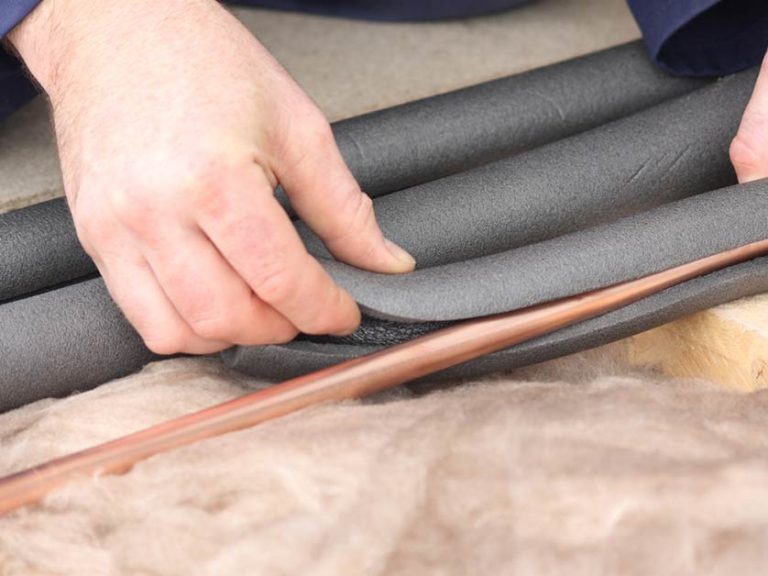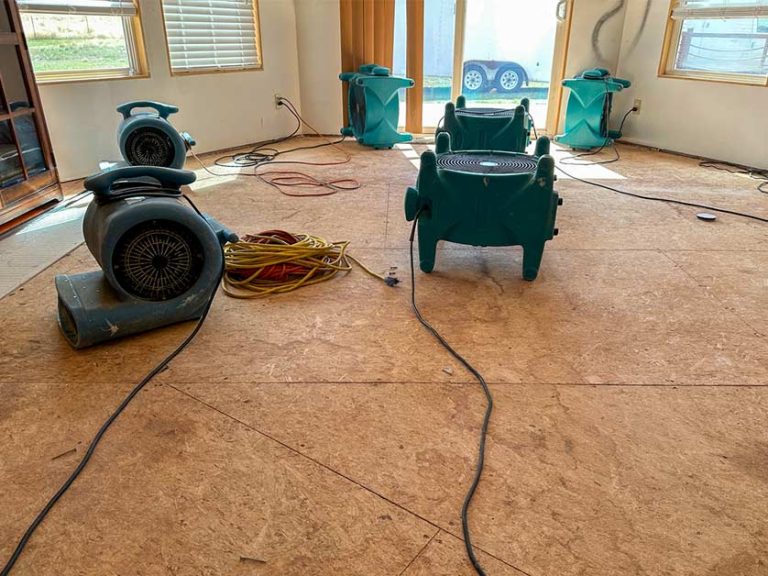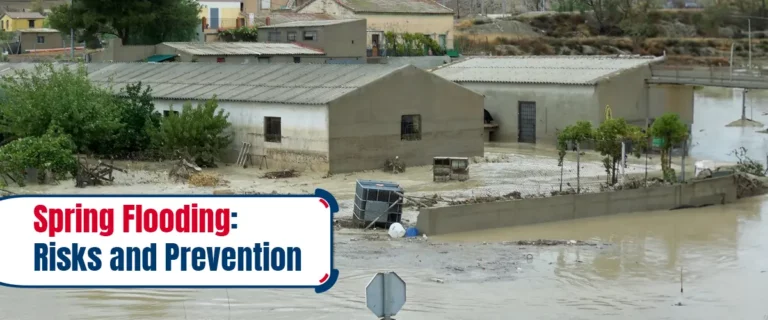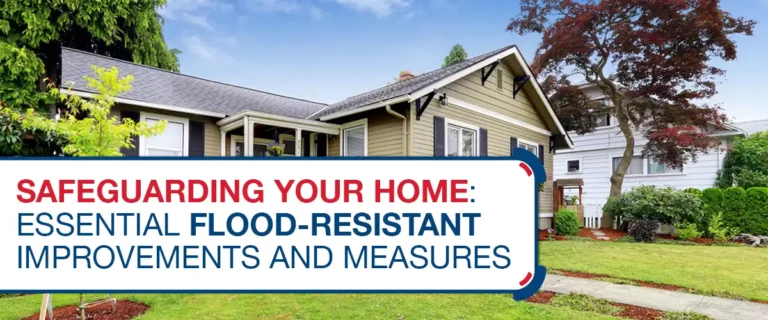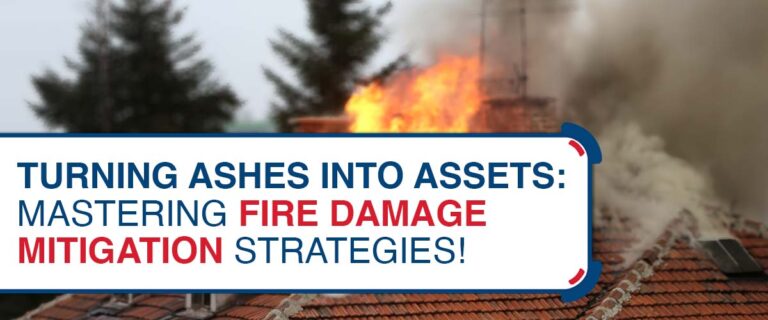While the picturesque snow-covered landscapes and cozy indoor settings may evoke warmth and comfort, cold weather can also lead to various water damage issues that can wreak havoc on your property. As the seasons shift and temperatures drop, the arrival of cold weather brings unique challenges for property owners.
Meanwhile, this comprehensive guide explores the often-overlooked risks of cold weather-related water damage, offering insights into prevention and mitigation strategies to help you protect your investment.
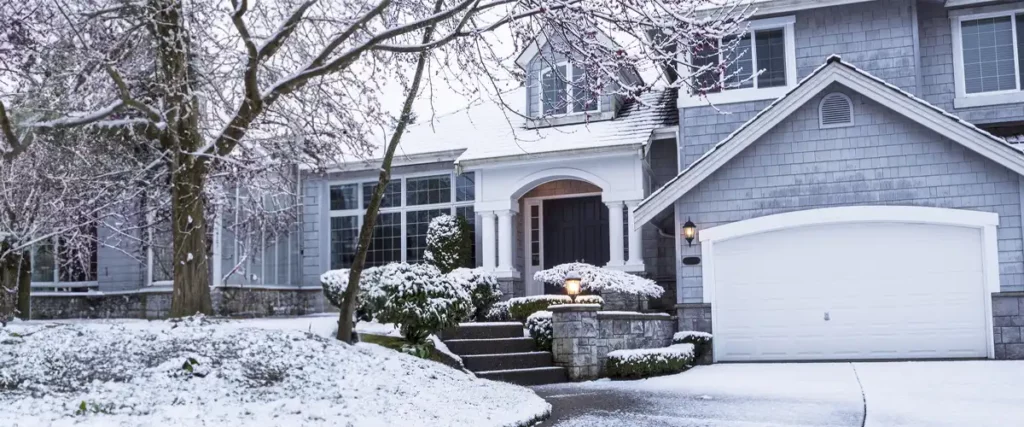
The Cold Can Be Harsh on Your Property
While cold weather may conjure images of holiday festivities and warm gatherings, it’s important to remember that these temperature drops can pose significant risks to your property. Understanding the potential sources of cold-weather water damage is the first step in safeguarding your home or building.
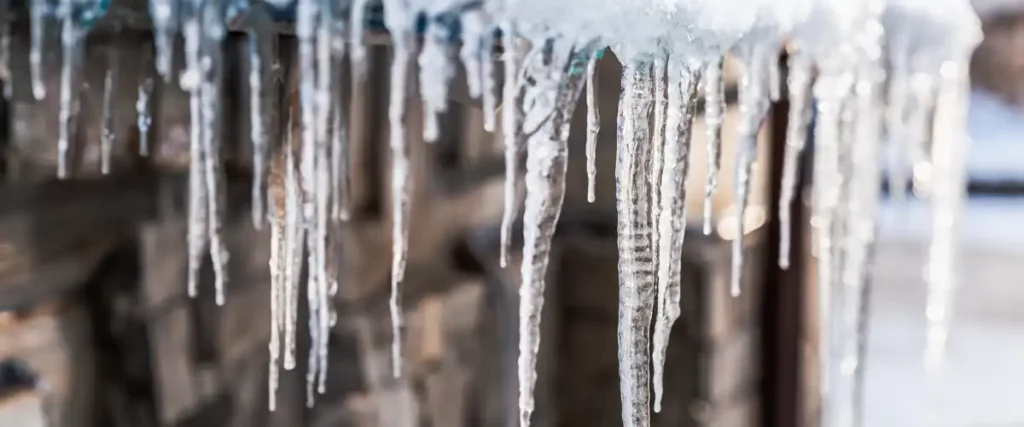
The Freeze-Thaw Cycle: A Recipe for Disaster
One of the primary culprits behind cold weather-related water damage is the freeze-thaw cycle. Water can seep into cracks and crevices within your property’s structure as temperatures fluctuate between freezing and thawing. When the water freezes, it expands, causing these openings to widen. Subsequent thawing allows more water to enter, deepening the damage.
To combat the freeze-thaw cycle, ensure your property is well-sealed and insulated. Regularly inspect and repair any cracks or gaps to prevent water intrusion.
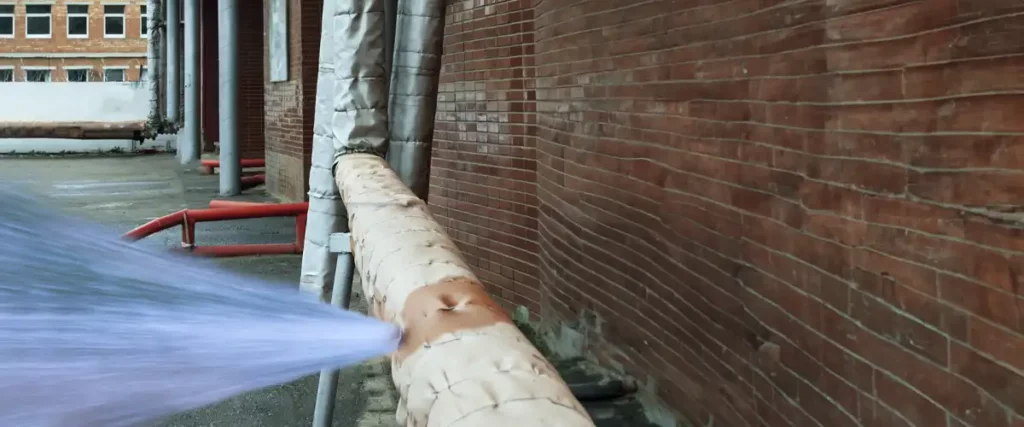
Burst Pipes: From Quiet Drips to Sudden Floods
The dreaded burst pipe is one of the most dreaded scenarios during cold weather. When water within pipes freezes, it expands, creating intense pressure that can lead to pipe ruptures. A burst pipe can release significant water within your property, causing extensive damage to walls, floors, and belongings.
To minimize the risk of burst pipes, consider insulating exposed pipes, allowing faucets to drip during freezing temperatures, and maintaining indoor temperatures to prevent freezing.
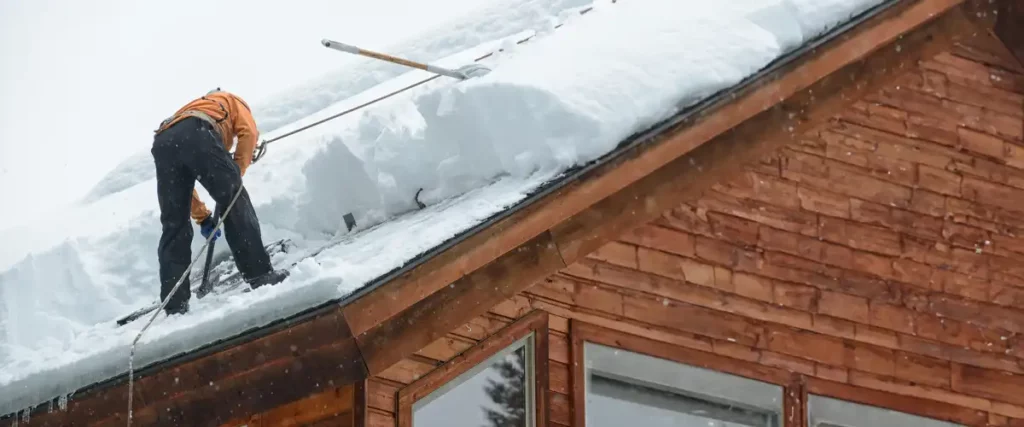
Ice Dams: Unwanted Roof Guests
Ice dams are ridge-like formations of ice that can develop along the edges of roofs, trapping melting snow and ice. As the trapped water pools behind the dam, it can seep into roofing materials, causing leaks and water damage to interior spaces.
To prevent ice dams, ensure proper attic insulation and ventilation. Additionally, safely remove accumulated snow from your roof to avoid the conditions conducive to ice dam formation. Moreover, water cleanup services in Kansas City are handy in situations like this. Plus, you get to dodge the hazards of cleaning them up yourself as these licensed and insured pros can efficiently do it for you.
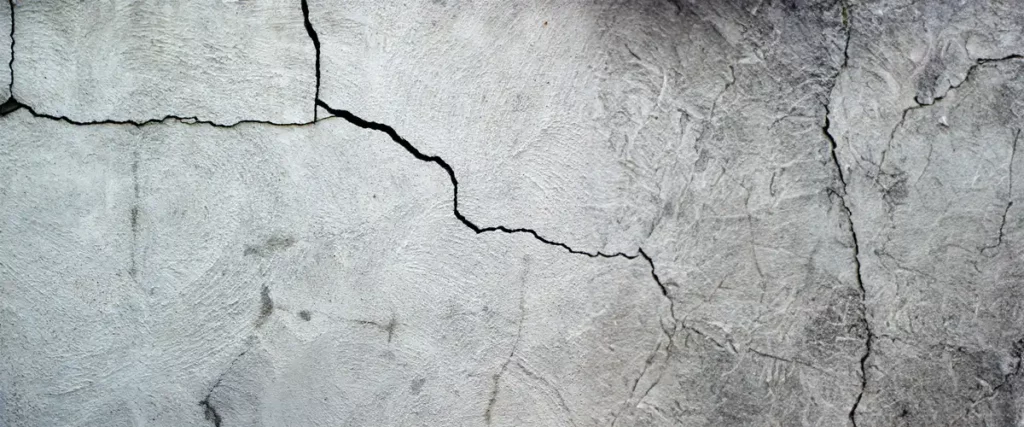
Foundation Cracks: When Cold Meets Structural Weakness
Cold weather can exacerbate existing weaknesses in your property’s foundation. As the ground freezes and thaws, it can exert pressure on the foundation, leading to cracks and compromising the structural integrity of the building. Water can seep into these cracks, exacerbating the damage and potentially causing flooding in basements and crawl spaces.
Regularly inspect your property’s foundation for cracks and address them promptly. Consider applying sealants to prevent water intrusion and reinforce vulnerable areas.
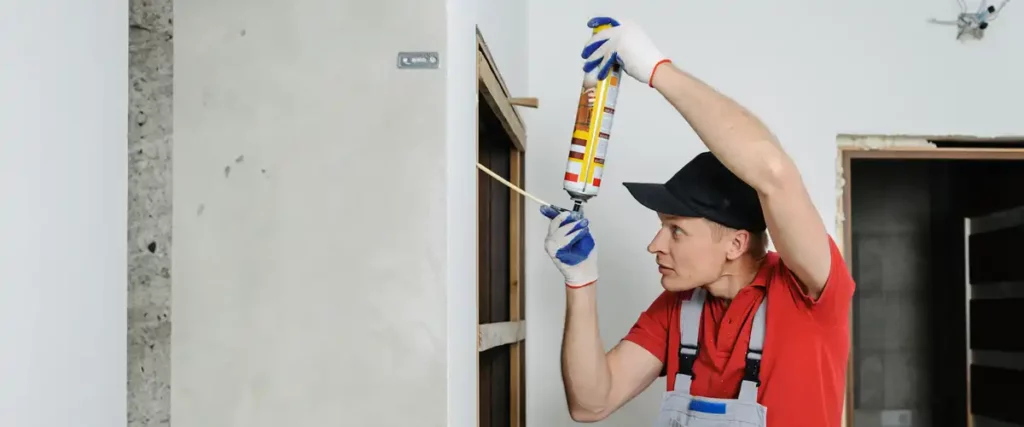
Preventing Cold-Weather Water Damage
Protecting your property from cold-weather water damage requires a proactive approach:
· Insulation and Sealing
Properly insulate attics, walls, and pipes to prevent freezing and minimize heat loss. Seal gaps and cracks to keep cold air and water out.
· Roof Maintenance
Keep your roof in good condition by addressing damage, clearing debris, and removing accumulated snow to prevent ice dam formation.
· Piping Precautions
Insulate exposed pipes, use heat tape in vulnerable areas, and allow faucets to drip during freezing conditions to prevent burst pipes.
· Foundation Care
Ensure proper drainage around your property and address foundation cracks promptly to prevent water intrusion and structural damage.
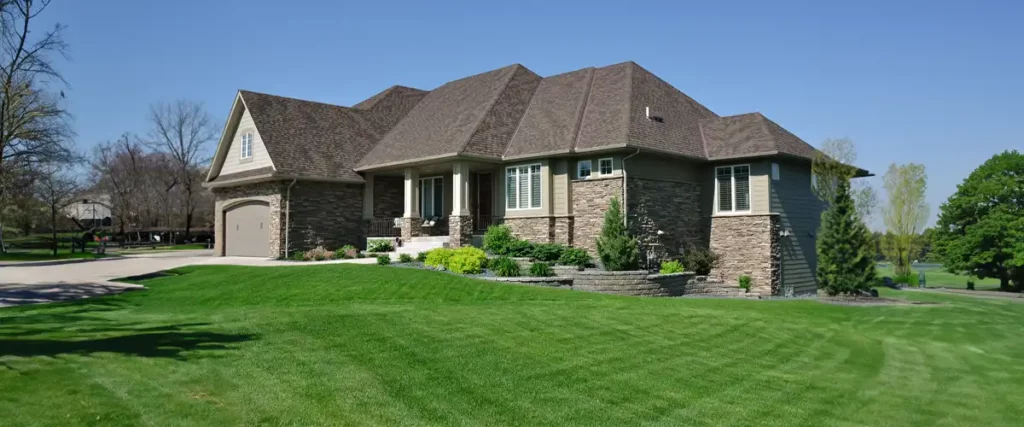
Stay Dry and Free from Water Damage!
As the cold weather settles in, it’s essential to be aware of the potential water damage risks that come with it. By understanding the freeze-thaw cycle, burst pipes, ice dams, and foundation vulnerabilities, you can take proactive steps to safeguard your property from the risks of water damage company in Kansas City. Implementing preventive measures and regular maintenance will protect your investment and ensure your property weathers the cold months unscathed.



